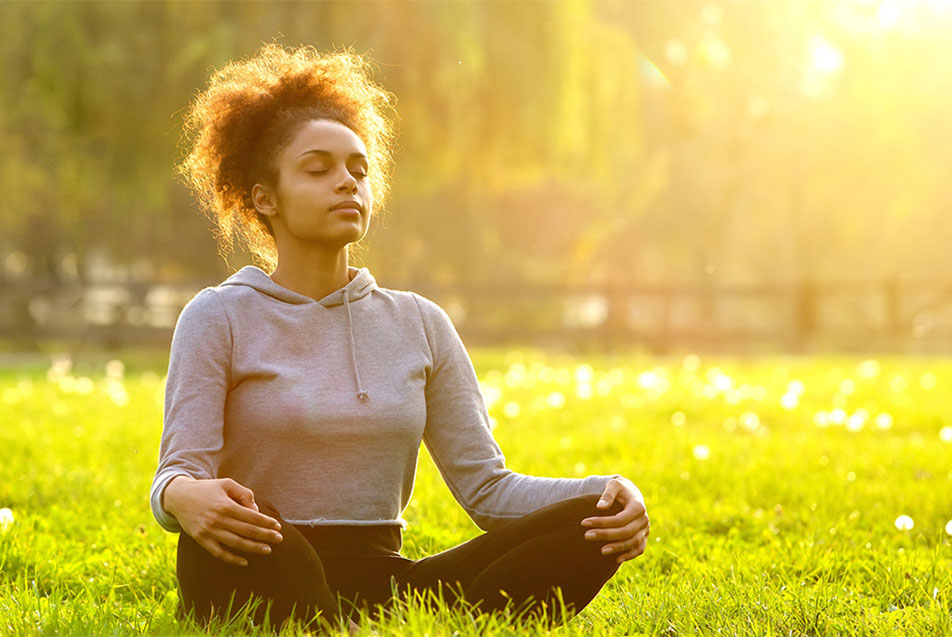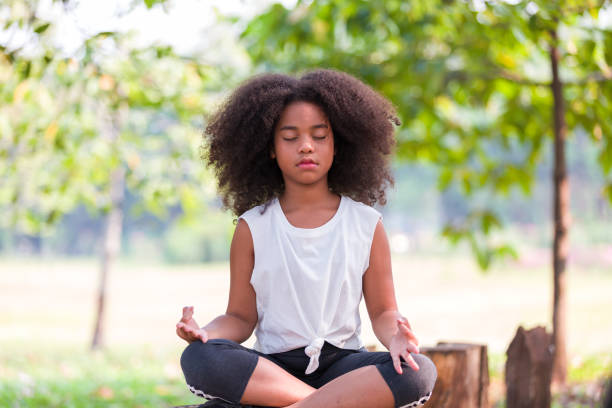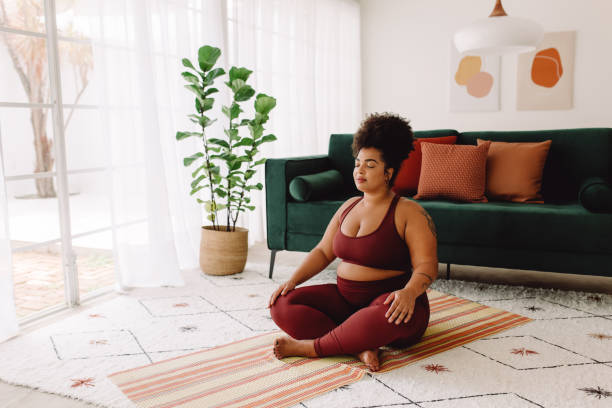Discover the Advantages of Daily Technique: How to Meditate?
Discover the Advantages of Daily Technique: How to Meditate?
Blog Article
Just How to Meditate: A Step-by-Step Technique to Achieving Mindfulness and Tranquility
Reflection acts as an effective tool for accomplishing mindfulness and psychological calm in a busy globe. By understanding the fundamental concepts and strategies associated with meditation, individuals can cultivate a practice that boosts their general wellness. This conversation will describe important steps, from creating a conducive setting to incorporating reflection into everyday routines. As we explore these elements, it becomes clear that the journey to mindfulness is not simply concerning the act of resting in silence, however rather concerning cultivating a deeper link with oneself and the world around us. What might this transformation entail?
Understanding Meditation
Comprehending reflection involves understanding its fundamental principles and techniques, which function as the structure for the technique. At its core, meditation is a psychological exercise aimed at promoting relaxation, developing internal energy, and establishing compassion and understanding. The technique encourages individuals to concentrate their focus, frequently with strategies such as deep breathing, visualization, or mantra repeating.
Reflection can be classified right into numerous styles, consisting of mindfulness, transcendental, and loving-kindness meditation, each with unique objectives and methodologies. Mindfulness reflection stresses present-moment recognition and non-judgmental monitoring of feelings and ideas, while transcendental reflection entails making use of particular concepts to go beyond regular thought procedures. Loving-kindness reflection concentrates on developing an attitude of love and compassion towards oneself and others.
No matter of the method utilized, the key goal stays constant: to cultivate a much deeper understanding of the mind and its patterns. This self-awareness fosters emotional durability, clearness of thought, and an extensive feeling of calm (How to meditate?). By recognizing these methods and concepts, people prepared for an effective reflection technique that can significantly boost their general well-being
Planning For Your Method
Prior to beginning your meditation practice, it is essential to produce an atmosphere for concentrate and relaxation. Select a quiet area where you are unlikely to be disrupted. This can be an edge of a space, a yard, or any location that evokes a feeling of tranquility. Guarantee that the area is cost-free and tidy of clutter, as a neat setting can help clear the mind.
Take into consideration the illumination, as all-natural light can improve your state of mind and power. Soft, cozy illumination is commonly extra calming than severe fluorescent lights. Furthermore, select a comfy temperature, ensuring that you are neither too warm neither also cold.
Including aspects that promote serenity can additionally boost your experience. This may include soft pillows or blankets for convenience, in addition to calming fragrances from important oils or scent. It can also be valuable to have actually a timer set for your reflection session to stop distractions from clock-watching.
Basic Meditation Strategies

Another efficient strategy is body scan meditation. This involves emotionally checking your body from head to toe, seeing any kind of areas of tension or discomfort and knowingly kicking back those muscles. This practice cultivates a deeper link in between your mind and body.

Finally, loving-kindness reflection concentrates on cultivating compassion in the direction of on your own and others. Calmly repeat expressions of goodwill, improving psychological wellness and interconnectedness. Each of these techniques works as a structure for your meditation trip, permitting you to locate the method that resonates finest with your personal practice.
Preserving Focus and Mindfulness

Establishing a specialized reflection area can boost the capability to preserve mindfulness. A quiet, uncluttered setting reduces distractions, permitting much deeper immersion in the practice. Furthermore, setting a time limitation can aid handle assumptions; beginning with shorter sessions might ease the shift right into longer methods.
Utilizing methods such as body scanning or observing experiences can likewise strengthen mindfulness. These methods encourage experts to stay present and engaged with their physicality, anchoring their focus in the moment. Routine method is important; the brain develops resilience in time, producing a stronger capability for emphasis.
Incorporating Meditation Into Every Day Life
Including reflection into daily life can transform routine tasks into possibilities for mindfulness and self-reflection. By integrating mindfulness methods into common tasks, people can grow a higher sense of existence and peace amidst the numerous hours of daily life.
Begin by identifying minutes throughout your day where you can stop and exercise mindfulness. During your early morning commute, focus on your breath or the feelings of the atmosphere around you. In the kitchen, approach cooking as a meditative technique, appreciating the textures, shades, and fragrances of the ingredients. Also mundane tasks like strolling or washing recipes can end up being possibilities for reflection by routing your attention go right here to the feelings of motion and the noises surrounding you.
In addition, alloting committed times for meditation can reinforce its method. Begin with brief sessions, progressively enhancing period as you become extra comfy. Usage pointers or hints-- like a certain time of day or a soothing sound-- to establish uniformity.
Ultimately, the goal is to weave mindfulness into the fabric of day-to-day life, allowing you to approach each moment with intention, thereby enhancing your general feeling of well-being and quality.
Conclusion
In final thought, efficient reflection calls for a silent atmosphere, a comfy position, and an emphasis on the breath. Regular reflection, also in brief sessions, cultivates a deeper link to the existing moment, inevitably leading to higher calm and psychological clearness in everyday life.
Meditation can be classified right into different designs, consisting of mindfulness, transcendental, and loving-kindness reflection, each with distinctive functions and methods. Mindfulness meditation stresses present-moment recognition and non-judgmental observation of feelings and thoughts, while transcendental reflection includes the use of details mantras to go beyond average idea processes.With your reflection room prepared, it's time to check out numerous basic reflection methods that can help grow mindfulness and internal peace.Regularly preserving focus and mindfulness during reflection can be challenging, particularly this contact form for those brand-new to the method.Developing a specialized reflection area can boost the capacity to maintain mindfulness.
Report this page